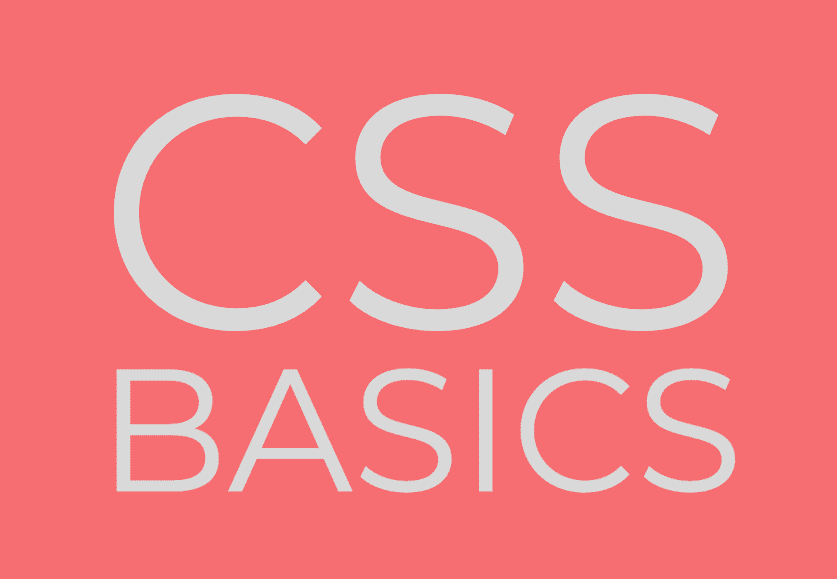In the digital era, websites have become the canvas for creativity and innovation. Among the plethora of tools available to designers, Cascading Style Sheets (CSS) stands out as the backbone of web design, offering the power to transform static HTML into visually engaging and interactive experiences. This article delves into the essence of CSS, exploring its capabilities, recent trends, and how it shapes the future of web design.
The Core of CSS: Styling with Precision and Flexibility
CSS is the language that defines the look and layout of web content. It enables designers to apply styles to HTML elements systematically, separating content from presentation. This separation is crucial for maintaining clean code, ensuring accessibility, and allowing for flexible design changes.
At its core, CSS revolves around selectors and properties. Selectors identify the HTML elements to be styled, while properties define the specific styles to be applied, such as colors, fonts, spacing, and layout. This simplicity belies the depth of control CSS offers, allowing for intricate designs that respond to various screen sizes and user preferences.
The Evolution of CSS: From Layout Challenges to Modern Solutions
The evolution of CSS is a testament to the web community’s response to design challenges. Early CSS versions focused on basic styling, but as the web grew, the need for more sophisticated layouts became apparent. The introduction of CSS Flexbox and Grid revolutionized web design, offering powerful tools for creating responsive, fluid layouts that adapt seamlessly to any screen size.
Flexbox simplifies the alignment and distribution of elements within a container, making it ideal for single-dimensional layouts. Grid, on the other hand, excels in two-dimensional layout creation, allowing designers to define rows and columns, place elements precisely, and create complex layouts with minimal code.
The Renaissance of Web Design: CSS in the Era of Interactivity and Aesthetics
The current landscape of web design is marked by a renaissance of creativity, fueled by advancements in CSS. Designers now have at their disposal features like custom properties (CSS variables), which enable them to reuse values and create themes easily; CSS animations and transitions, which bring web pages to life; and new pseudo-classes and pseudo-elements that offer more control over the styling of specific parts of elements.
Moreover, the advent of CSS-in-JS libraries, such as Styled Components and Emotion, bridges the gap between CSS and JavaScript, enabling styles to be defined within JavaScript code. This approach facilitates dynamic styling based on user interactions, further blurring the lines between design and functionality.
CSS Trends Shaping the Future: Accessibility, Performance, and Beyond
Looking ahead, the future of CSS is shaped by trends emphasizing accessibility, performance, and sustainability. Accessibility is paramount, with CSS playing a crucial role in creating inclusive web experiences. Features like focus-visible and prefers-reduced-motion cater to users’ needs, ensuring the web remains accessible to everyone.
Performance is another critical consideration. The efficiency of CSS impacts page load times and, by extension, user experience and SEO rankings. Techniques like critical CSS and the use of modern layout methods contribute to faster, more responsive websites.
Sustainability in web design is gaining traction, with CSS at the forefront of minimizing the environmental impact of digital products. Efficient coding practices, such as reducing unnecessary animations and optimizing file sizes, contribute to lower energy consumption and a greener web.
Mastering CSS: Resources and Communities for Continuous Learning
The journey to mastering CSS is ongoing, given its ever-evolving nature. For those looking to deepen their understanding or stay abreast of the latest developments, resources abound. Websites like https://www.cssbasics.com/ offer a wealth of information, tutorials, and guides tailored to both beginners and experienced designers.
Furthermore, the web design community is vibrant and supportive, with forums, social media groups, and conferences facilitating knowledge sharing and collaboration. Engaging with these communities can provide invaluable insights, inspiration, and networking opportunities.
Conclusion: CSS as the Gateway to Artistic and Functional Web Design
CSS transcends its role as a styling language, embodying the art and science of web design. It equips designers with the tools to create aesthetic, functional, and accessible web experiences that engage and delight users. As the web continues to evolve, CSS will undoubtedly remain at the heart of this evolution, pushing the boundaries of what’s possible in digital design.
For those planning their next getaway and looking for unique accommodations, exploring hotel Transylvania through this curated list of beautiful stays can offer both inspiration and a gateway to unforgettable experiences. Whether you’re a web designer seeking creative rejuvenation or simply a traveler in search of beauty and comfort, the magic of CSS and the allure of Transylvania await.


0 Comments